Les Visites à travers le monde
Découvrez les meilleures visites de street art en France, à Berlin, et à Brooklyn et de nombreuses autres villes. Explorez les quartiers les plus artistiques du monde et réservez facilement votre tour guidé via TripAdvisor.
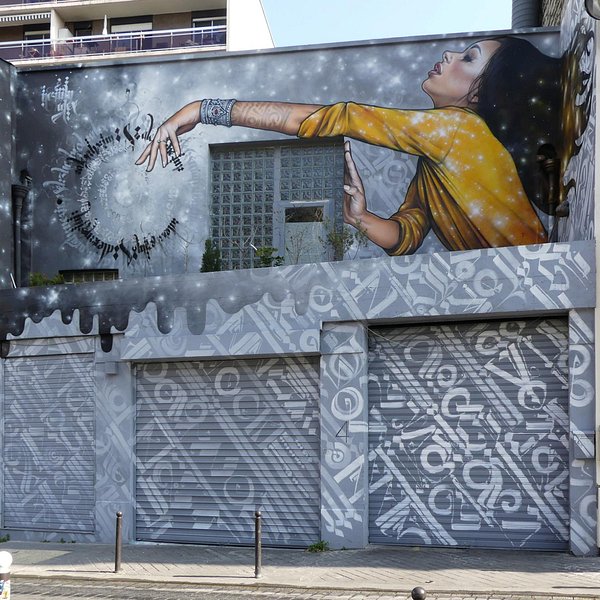
Fresh Street Art Tour Paris
Découvrez le Fresh Street Art Tour Paris, une visite guidée immersive à travers les quartiers les plus artistiques de Paris. Explorez des œuvres de street art emblématiques avec des guides passionnés et apprenez des histoires fascinantes.
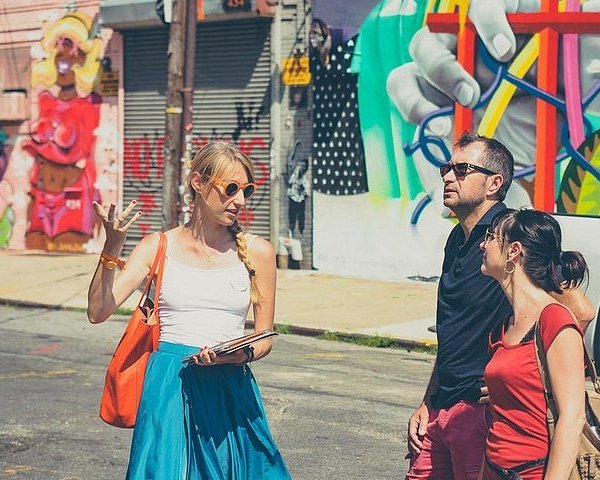
Découvrez la scène artistique de Brooklyn avec une visite guidée en français. Explorez le street art vibrant et plongez dans la culture hipster de ce quartier emblématique de New York avec un guide expert.
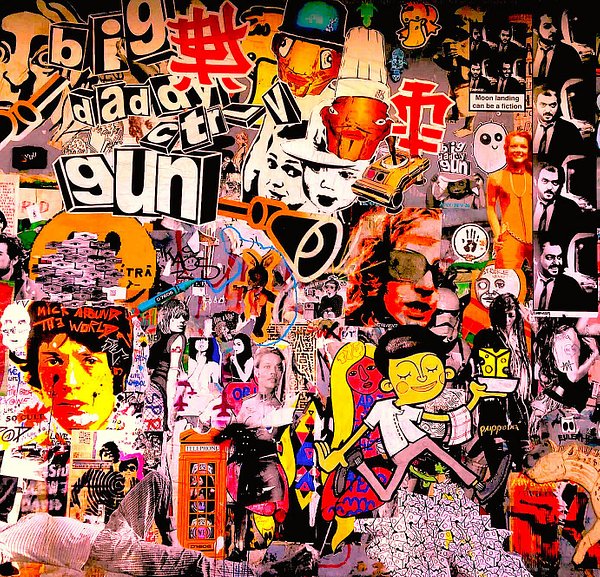
Visite Street Art à Berlin en français
Partez à la découverte du street art berlinois avec une visite guidée immersive. Explorez les fresques et œuvres emblématiques qui font de Berlin une capitale mondiale du street art, accompagné d’un guide passionné.
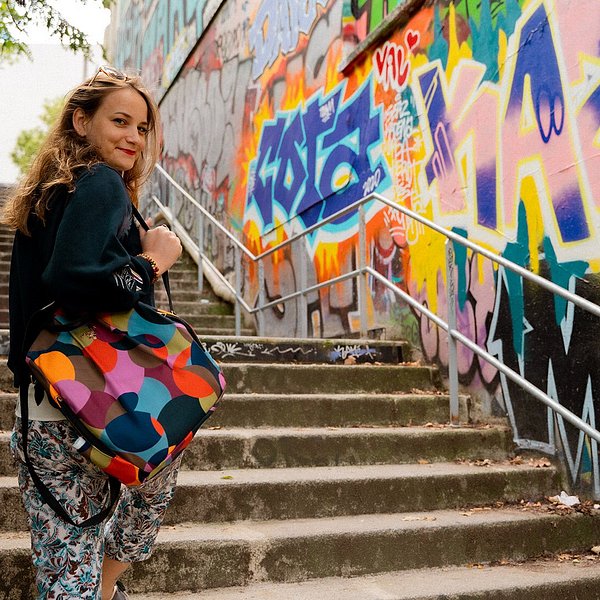
Explorez les trésors cachés du street art parisien avec cette visite guidée. Parcourez les quartiers les plus créatifs de Paris et découvrez des œuvres d’art urbain emblématiques avec un guide passionné.
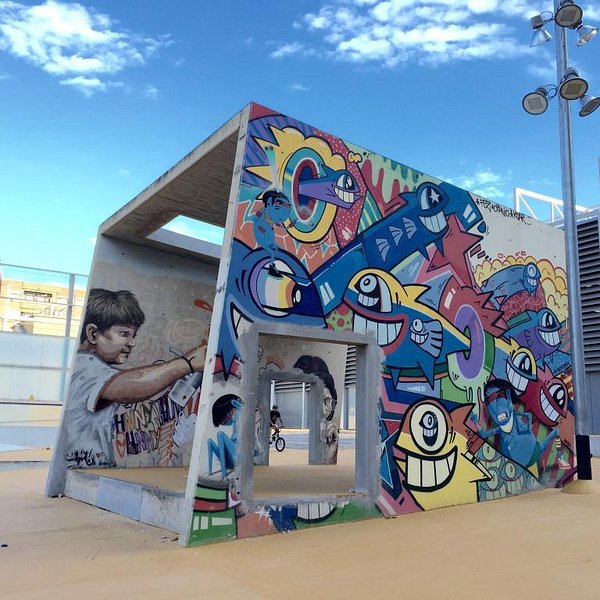
Visite Street Art Barcelone
Découvrez le street art vibrant de Barcelone avec le Barcelona Street Style Tour. Explorez les ruelles animées de la ville et admirez des œuvres d’art urbain uniques, guidé par des experts passionnés.
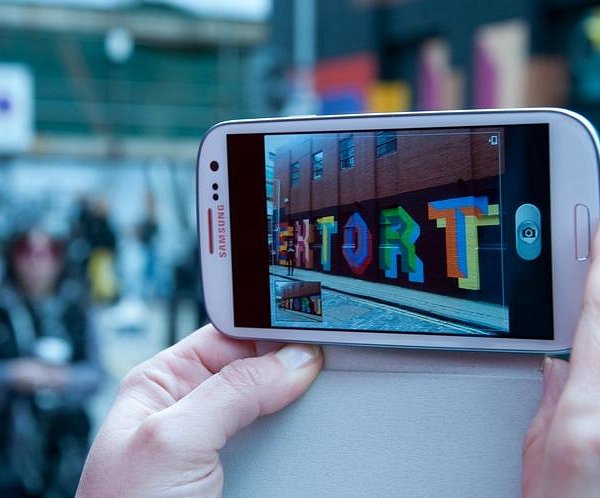
Visite Street Art Londres
Explorez Shoreditch à Londres avec le Shoreditch Street Art Tour. Découvrez des fresques et graffitis impressionnants, guidé par des experts du street art qui vous dévoileront les histoires derrière chaque œuvre.
Explorez toutes les destinations ici !
Que vous soyez à Paris, Berlin, New York, ou Barcelone, le street art vous ouvre les portes d’un monde créatif et audacieux. Ces visites guidées offrent une immersion unique dans les quartiers les plus artistiques du monde, vous permettant de découvrir des œuvres urbaines fascinantes et de comprendre les histoires qui les entourent. En vous joignant à ces tours, non seulement vous soutenez la culture street art, mais vous vivez aussi une expérience inoubliable qui enrichira votre perception de l’art et de la ville. Réservez dès maintenant via pour explorer ces univers visuels étonnants avec des guides passionnés.